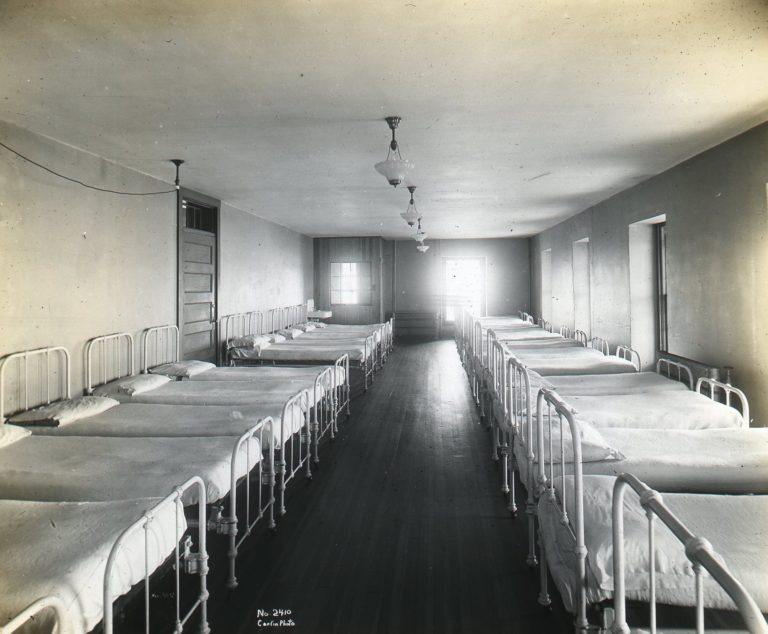Islands in Quarantine

Over the past several months, we have heard the word “quarantine” quite a bit. We have been asked to distance ourselves and stay away from crowded places in order to slow the spread of the novel coronavirus. Our very lives have been upended by an enemy we can’t even see. Yet at every level, we are committed to making these choices to protect ourselves and our neighbors. Here in Boston, the responsibility of caring for our citizens dates back over 400 years. The stories of these battles against the invisible enemy of contagion center around the islands in the harbor.
The Boston Harbor Islands are no stranger to quarantine; in fact, many of the islands have been known as “quarantine islands” throughout Boston Harbor’s history as a port of commerce and immigration. The Boston Harbor Islands are close enough to the city to be easily accessed, but are by definition isolated, as the water of the harbor provides a protective moat. For this reason, the islands have been used throughout the years as a place to isolate individuals sick with contagious diseases away from the general population. Today, you can come out to the islands as a way to safely distance from other people, and enjoy the view of Boston from afar. As we learn about and reflect on Boston Harbor’s past history with quarantine, we may better understand our own challenges and feelings towards the events happening around us now.
Even before people understood the particulars of germ theory, they knew that the best way to prevent contracting a contagious disease was to stay away from people who had it. The term “quarantine” originates from the medieval practice of requiring incoming ships to anchor for 40 days before landing to prevent diseases from spreading from one port to another. Boston, a port city that welcomed merchant ships from the Caribbean and from across the Atlantic, wanted to quarantine incoming ships to prevent smallpox from being imported along with shipments of cargo. By 1719, a quarantine hospital, or “pest-house,” was constructed on Spectacle Island, where incoming ships were required to quarantine if anyone on board had symptoms of a contagious disease, or if they had set sail from a place where there was a known outbreak.
Over the next few centuries, the Boston Harbor Islands continued to be used as a place to house and treat the sick. The quarantine hospitals moved from Spectacle to Rainsford, and then to Gallops. Boston also shifted from quarantining incoming visitors, to sending Boston residents out to the Boston Harbor Islands if they were sick. Our blog takes a closer look at these stories.